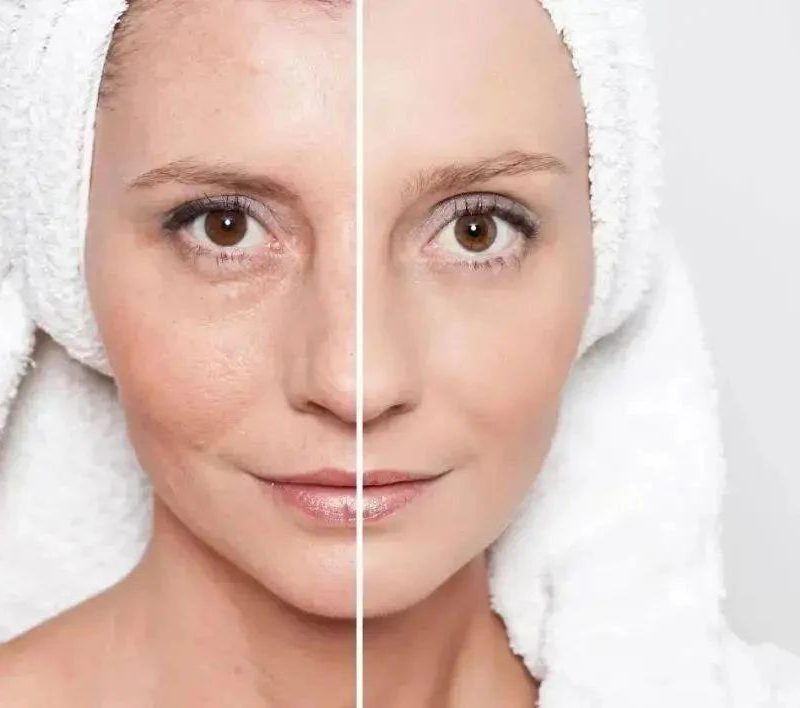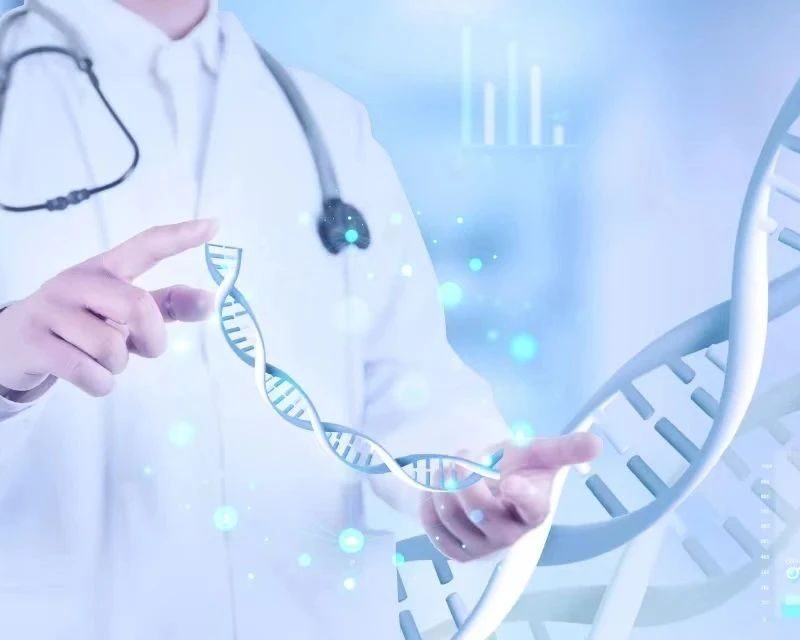How should NMN be stored?
How to store NMN? NMN will not degrade into NAD+ when stored at room temperature. Supplements, especially those in stable form, can stored at room temperature without losing their purity.
This form has been shown to be more stable, with scientific experiments testing Japanese EUNMN found to not require storage in the refrigerator or freezer. When stored in plastic bottles at room temperature, the purity was found to be 99.8% at 1 year. thus resulting in less decomposition at room temperature.
Humidity or moisture can negatively affect NMN, causing it to degrade into NAD+. This fact is undisputed, therefore NMN should stored in a dry, cool place, in a resealable container.
nmn When is the best time to eat in the morning, noon or evening?
nmn When is the best time to eat? From the perspective of human body’s nutrient absorption: 7:00~9:00 in the morning and 13:00~15:00 noon are the two time periods for better absorption.
Japanese human trial research results show that more than 100 elderly people over 65 years old had no obvious effect after taking NMN in the morning, but after taking it around 18:00 in the afternoon, their drowsiness and fatigue were greatly reduced.
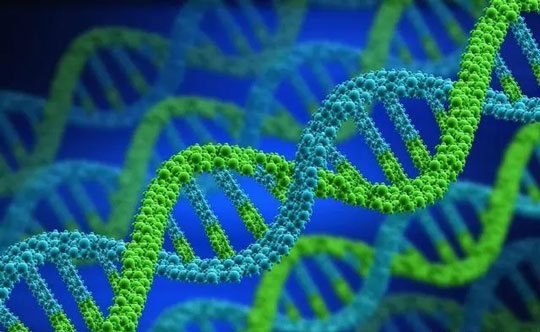
For those who have sleep disorders and have difficulty falling asleep, they should avoid taking NMN at night. Because taking it at night will increase the NAD+ level in the blood for a short time, causing the human body to be in a state of excitement and easily causing insomnia.
nmn Is it better to eat before or after a meal?
The taking time of NMN is not clearly specified. Of course, from the perspective of digestion and absorption, if you have stomach discomfort, it recommended to take it after meals. If you have no stomach problems, you can take it before meals to allow full absorption by the small intestine.
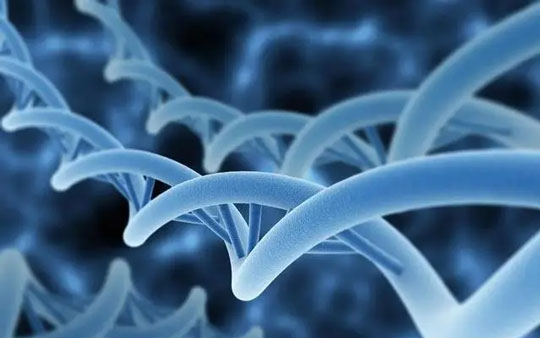
Why is NMN important for health?
Human cells convert food into energy in the form of ATP (adenosine triphosphate) through the process of cellular respiration in the mitochondria. This process of cellular respiration culminates in the electron transport chain. Starting the electron transport chain, NAD+ converted into NADH (NAD hydrogenation) and ATP, storing energy like currency for later use.
ATP is also a nucleotide that holds energy in a molecule made of sugar (ribose) plus adenine and three phosphates. Nucleotides are basic building blocks of DNA, RNA and energy transport and are important for maintaining cellular function and growth in the body.
In order to maintain ATP production during cellular respiration, a steady supply of NAD+ must regulated by the electron transport chain. The importance of NMN as a NAD+ precursor has led to a surge in research into mitochondrial metabolic pathways, as mitochondria are the power engines of cellular life.
Taken together, the complex process of metabolism—storing and releasing energy—is critical to good health. This process moves electrons around in the mitochondria, creating energy that powers the body. Scientific research links aging to certain biological supply chain issues. Supplementing NMN, as a precursor molecule of NAD+, can help improve mitochondrial function and cell signaling.
NAD concentration decreases with age, affecting age-related health conditions in mammals through its energy metabolism function and activation of poly ADP-ribose polymerase (PARP), Sirtuin proteins, etc.
Confirmed by a large amount of clinical data, Japan’s EUNMN15000 restores the NADNADH ratio through a 5-in-1 compound, upregulates the production of NAD+ or increases NAD+ levels. It not only achieves comprehensive anti-aging of the eight major systems of the human body, but also improves the index of human T cells.
It breaks through the single effect of traditional NMN that can only target genetic anti-aging,
and effectively blocks the aging of the body in three ways.
- The first layer is the activation of genes due to aging.
- The second layer is where the organs filter and renew aging cells.
- The third layer is to provide younger and more active regenerative energy for newer cells.
The renewal of the body’s circulatory system is the only way for the human body to comprehensively resist aging,
and it is also an effective scientific way to truly fight aging from the inside out.
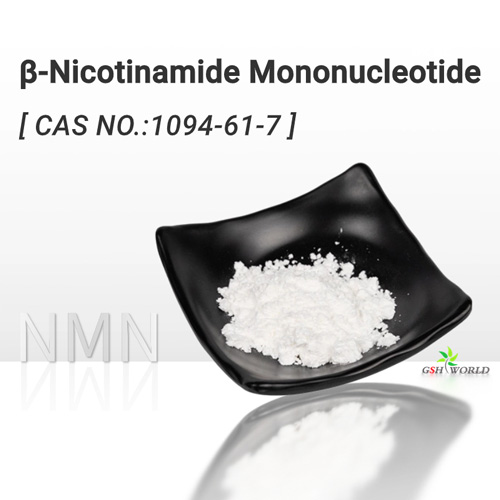
Why is NMN so expensive?
Pure, high-quality NMN is more expensive because of the innovative manufacturing processes used,
as well as all the safety measures to ensure NMN meets standards. In order to understand the cost behind NMN supplements, we need to have a basic understanding of the production process.
NMN is synthesized by enzymes. The nicotinamide molecule goes through 6 complete stages before producing the β-Nicotinamide Mononucleotide molecule. After NMN finally produced, it will go through seven stages to complete the final product. These include purification, concentration, crystallization, filtration, drying and grinding, quality control testing and final packaging.
1. Nicotinamide → NR
After adding ribose and water to nicotinamide, nicotinamide phosphoribosyltransferase added,
and NR finally obtained through the catalytic reaction of nicotinamide phosphoribosyltransferase.
2. NR → NMN
Adenosine triphosphate and nicotinamide riboside kinase then added to the NR after the reaction catalyzed by nicotinamide riboside kinase.
Next is hydrolysis → extraction → purification → concentration → recrystallization → drying and grinding → quality assurance and inspection → NMN.
Generally speaking, there are two stages. Nicotinamide → nicotinamide riboside, then nicotinamide riboside → β-nicotinamide mononucleotide (NMN).
